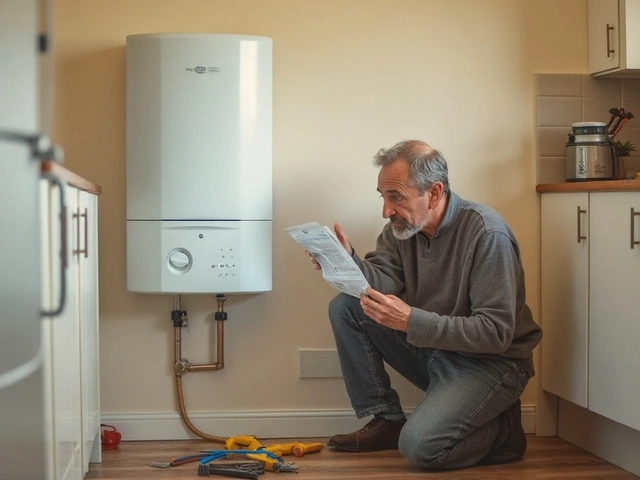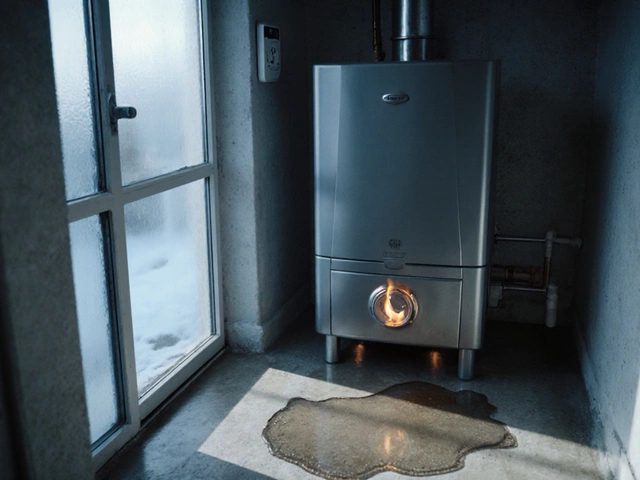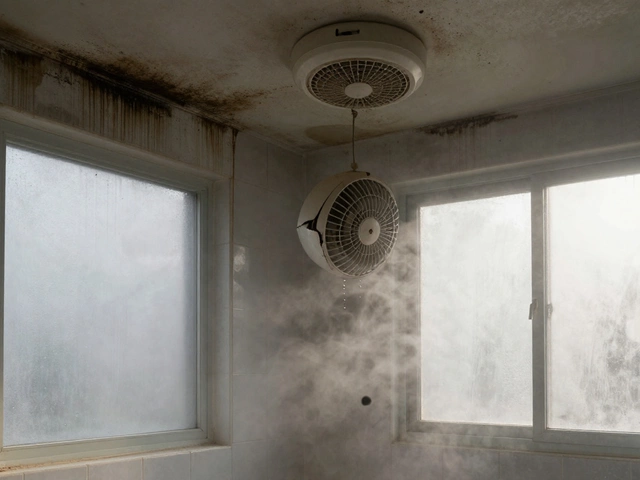Can You Service a Boiler Yourself? What You Need to Know Before Getting Started
April 25 2025Easy Oven Fixes: Simple Solutions for Common Oven Problems
Ovens stop working for all sorts of reasons – a bad heating element, a tripped breaker, or a faulty thermostat. Most of these issues can be diagnosed and solved in under an hour with a few tools and a bit of patience. Below are the most common fixes you can try yourself before you call a professional.
Check the Heating Element
The heating element is the heart of an electric oven. If you notice uneven baking, slower cooking times, or no heat at all, the element is the first thing to inspect. Turn off the power at the circuit breaker, then locate the element – it’s usually a metal coil at the bottom or top of the oven cavity. Look for visible cracks, blisters, or dark spots. If it looks damaged, you’ll need a replacement. Most elements are sold for under £30 and come with simple plug‑in connectors.
To test the element without removing it, set your multimeter to the ohms setting. Touch the probes to the element’s terminals; a reading between 10‑30 Ω means the element is good. Anything higher or an open circuit (no reading) indicates it’s faulty and should be swapped out. Replacing the element is just a matter of unscrewing the old one, connecting the new one, and tightening the screws. Remember to restore power and run a quick heat check – if the oven heats up evenly, you’re done.
Troubleshoot Power and Controls
If the element looks fine but the oven still won’t heat, the problem might be electrical. Start by checking the circuit breaker or fuse. A tripped breaker will feel loose or be in the “off” position. Flip it back on and see if the oven powers up. If the breaker trips again, you could have a short somewhere in the wiring – this is a job for a qualified electrician.
Next, look at the oven’s control board or thermostat. Modern ovens use digital controllers, while older models rely on a simple thermostat knob. For digital panels, a flashing error code often points to a specific fault – consult the oven’s manual for decoding. Reset the board by turning off the power for two minutes, then turning it back on. For mechanical thermostats, the dial can wear out or become misaligned. Turn the dial to a low setting, listen for a click, then raise it to a higher setting and watch for heat. If the click never happens, the thermostat may need replacement.
Another easy fix is cleaning the oven’s interior and the fan. Grease buildup can block airflow, causing the oven to overheat or shut down for safety. Use a non‑abrasive cleaner, wipe away residues, and make sure the fan spins freely. After cleaning, run a short bake cycle to see if performance improves.
While most of these steps are safe, always disconnect power before working inside the oven. If you ever feel unsure, or if the oven shows gas‑related issues (like a missing flame or a gas smell), stop immediately and call a certified gas engineer. At Bedford Gas Appliance Repair Services we can handle any gas‑oven problem quickly and safely.
In short, most oven hiccups are caused by a bad element, a tripped breaker, or a dirty interior. By checking these areas first, you can often fix the problem yourself and avoid an expensive service call. Keep a basic toolkit (screwdriver, multimeter, and spare element) handy, and you’ll be ready the next time your oven throws a curveball.
 1 Aug
1 Aug
Are Ovens Easy to Fix? A Straightforward Guide to Simple Oven Repairs
Discover if ovens are easy to fix, common issues you can handle yourself, and when you should call a pro. Includes practical tips and real-world advice.
Read More...



